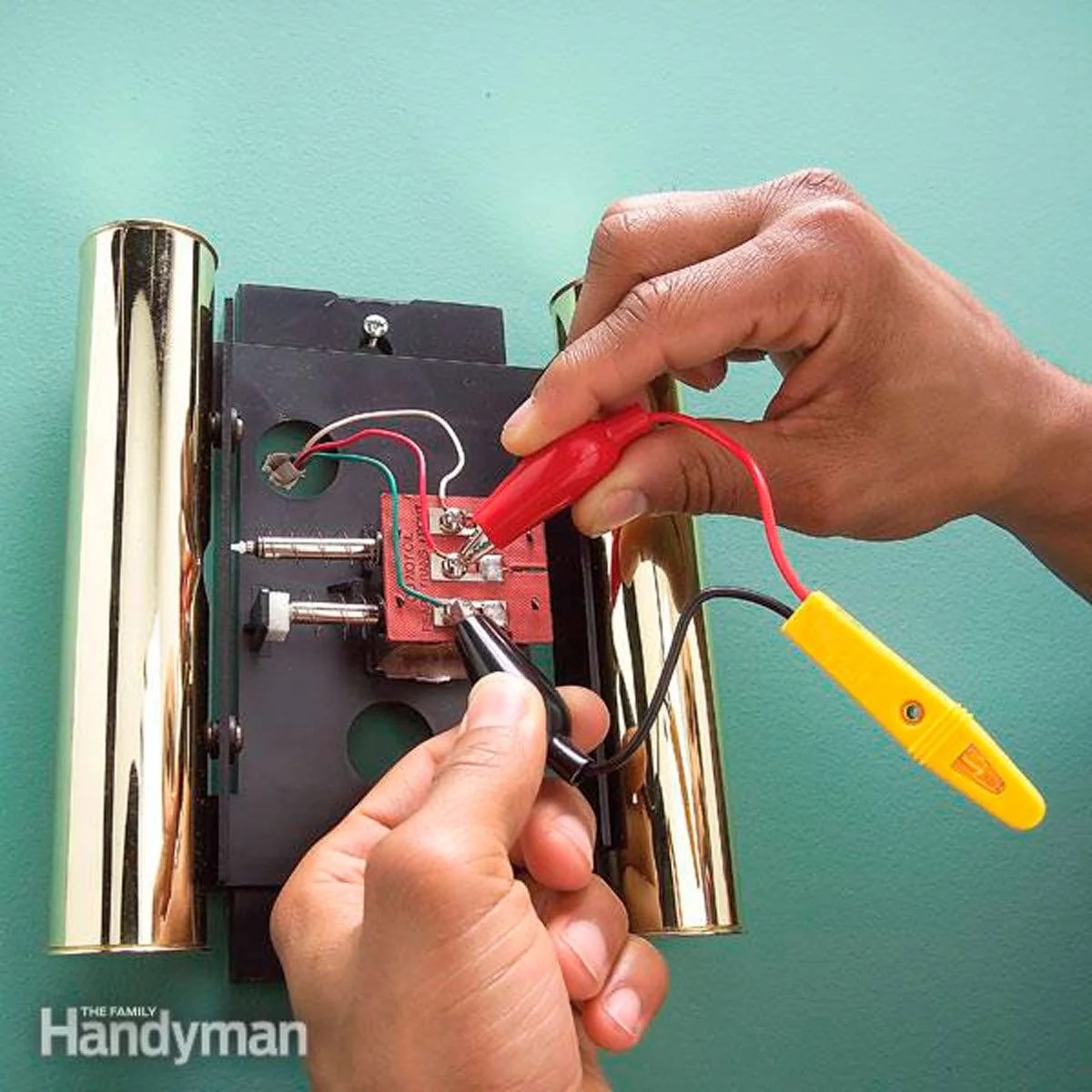The Quiet Symphony of the Doorbell: Mastering the Transformer
The gentle chime of a doorbell, a seemingly insignificant sound, marks the threshold between our inner world and the outside. It's a small but vital piece of our domestic symphony, often taken for granted until its music falters. And when it does, the culprit often lies not with the button itself, but with the hidden heart of the system: the doorbell transformer. This seemingly humble component, tucked away in a basement or utility closet, is the lifeblood of your doorbell, converting household voltage into the low-voltage power that brings your chime to life.
Understanding the mechanics of this small but mighty power converter allows us to take control of a small but essential part of our homes. Replacing a doorbell transformer is a surprisingly accessible DIY project that can empower even the most novice homeowner. It's a tangible connection to the intricate workings of our living spaces, a chance to understand and maintain the systems that quietly orchestrate our daily lives. This guide will walk you through the process of replacing a doorbell transformer, from understanding its function to troubleshooting potential issues.
The history of the doorbell is surprisingly rich, evolving from elaborate mechanical knockers to the electric marvels we know today. The advent of electricity brought forth the possibility of a more subtle, yet effective, means of announcing a visitor's arrival. Early doorbell transformers were often bulky and inefficient, but their development paved the way for the compact, reliable units we use now. Replacing these transformers has also evolved, with improved tools and readily available resources making the task simpler and safer for the average homeowner.
The most common reason for replacing a doorbell transformer is simply age. Over time, these transformers can wear out, leading to a weak or intermittent chime, or even a complete cessation of function. Other issues can include incorrect voltage output, overheating, or physical damage. Understanding these potential problems is the first step in diagnosing and rectifying them. Replacing a malfunctioning transformer not only restores your doorbell's functionality but also prevents potential safety hazards associated with electrical faults.
A doorbell transformer, in essence, is a miniature electrical substation. It takes the standard 120-volt alternating current (AC) from your household wiring and "steps it down" to a lower voltage, typically 16 or 24 volts, suitable for the doorbell and chime unit. This low voltage ensures safe operation and prevents damage to the delicate components of your doorbell system. For instance, if your doorbell requires 16 volts, using a 24-volt transformer can potentially damage it. Similarly, a transformer with insufficient output might not provide enough power for the doorbell to function correctly.
Three key benefits of replacing a faulty doorbell transformer are: restoring functionality (a working doorbell ensures you don't miss visitors or deliveries), enhanced safety (a faulty transformer can pose a fire hazard), and improved efficiency (modern transformers are often more energy-efficient than older models).
Action Plan for Replacing a Doorbell Transformer:
1. Safety First: Turn off the power to the circuit at the breaker box. 2. Locate the Transformer: Typically found in a basement, utility room, or attic. 3. Disconnect Wires: Carefully disconnect the wires from the old transformer. 4. Mount the New Transformer: Securely mount the new transformer in the same location. 5. Connect Wires: Connect the wires to the new transformer, matching the color codes. 6. Restore Power: Turn the power back on at the breaker box. 7. Test: Press the doorbell button to verify functionality.
Frequently Asked Questions:
1. What voltage transformer do I need? (Check your existing doorbell and chime unit for voltage requirements.)
2. Where can I buy a doorbell transformer? (Hardware stores, home improvement centers, online retailers)
3. Can I replace the transformer myself? (Yes, it's a relatively easy DIY project.)
4. What tools do I need? (Screwdriver, wire strippers, voltage tester)
5. What safety precautions should I take? (Always turn off the power before working with electrical components.)
6. What if my doorbell still doesn't work after replacing the transformer? (Check the wiring, doorbell button, and chime unit.)
7. How long do doorbell transformers typically last? (10-20 years or more)
8. How can I tell if my transformer is faulty? (No chime, weak chime, overheating transformer, visible damage)Tips and Tricks: Take clear photos before disconnecting wires to ensure proper reconnection. Use a voltage tester to double-check that the power is off. Consider upgrading to a more energy-efficient transformer.
The seemingly simple act of replacing a doorbell transformer can be a powerful reminder of our connection to the spaces we inhabit. It's an opportunity to engage with the often-unseen mechanisms that make our homes function, to understand their intricacies, and to maintain them with care. By mastering this small but essential task, we not only ensure the smooth symphony of our daily lives, but also cultivate a deeper appreciation for the subtle technologies that shape our domestic world. Embrace the opportunity to learn, to tinker, and to connect with the quiet hum of the systems that support us. Don't hesitate to explore resources online and at your local hardware store to gain further knowledge and confidence in tackling this project.
Finding the best gmc dodge trucks near you lauras reviews
Nail that caulk line osi caulking color matching guide
Navigating medicare advantage plans in tennessee







